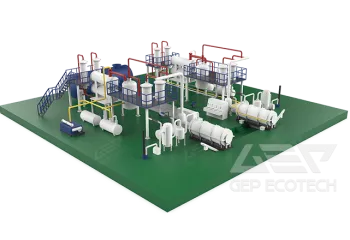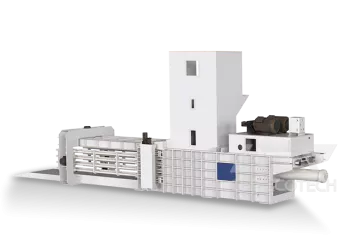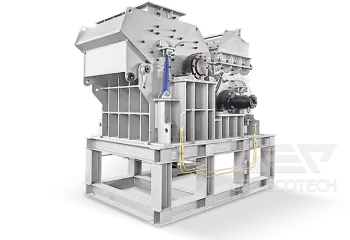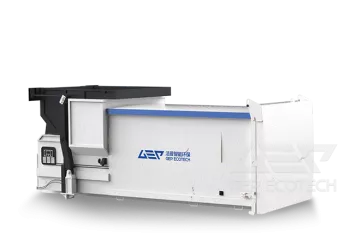What is hospital waste?
Hospital waste is contaminated waste produced by hospitals that have come into contact with patients' blood, flesh, etc. Such as used cotton balls, gauze, adhesive tape, waste water, disposable medical instruments, post-operative discards, expired medicines, etc. According to the national health department's medical test report, medical waste is characterised by spatial pollution, acute infection and latent pollution, and its viruses and germs are dozens, hundreds or even thousands of times more harmful than ordinary household waste. If not handled properly, it will cause serious pollution to the environment and may also become a source of epidemics.
Current status of hospital waste disposal
Since the 1950s, the treatment of medical waste has attracted extensive attention from all over the world. Scholars at home and abroad have made increasingly rich research on medical waste treatment technology and have achieved certain research results. On this basis, through a comprehensive comparison of incineration treatment, autoclaving treatment, chemical treatment, microwave treatment, pyrolysis treatment and other medical waste treatment technology, a comprehensive assessment of the technical parameters and advantages and disadvantages of various treatment processes, and finally a comparative analysis concluded that the high-temperature pyrolysis method has many advantages, is currently the first domestic and foreign medical waste treatment technology.
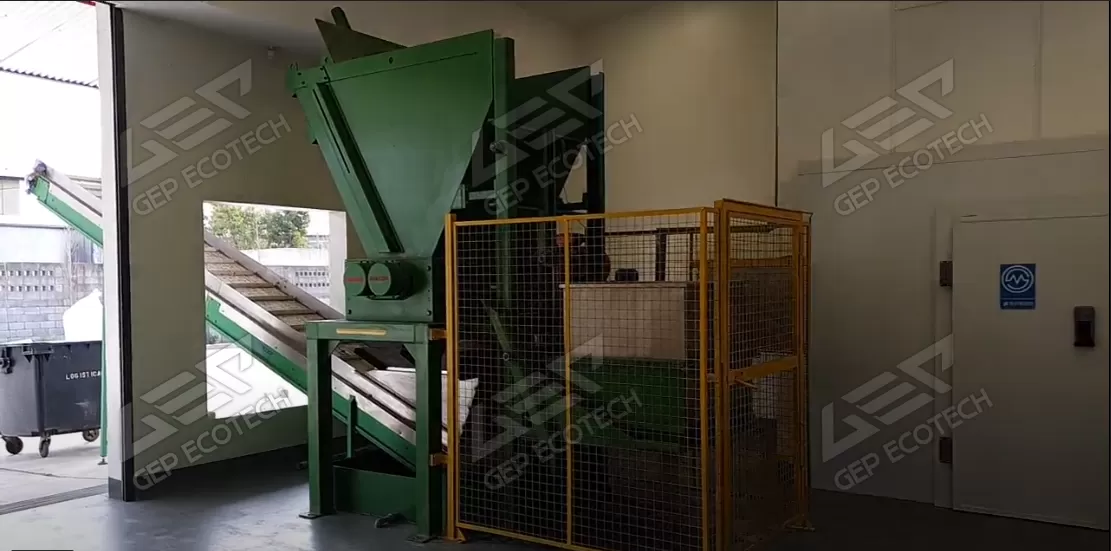
How to disposal hospital waste
Our double-shaft shredders are well suited to medical waste, with a powerful shearing action that shears the waste material to a small size for further processing. When handling medical waste, it is best to have a lift to automatically load the materials to prevent personnel from coming into contact with them and to ensure their safety. Warning signs should be erected around the shredder and a fence should be built to prevent material from bursting out.


